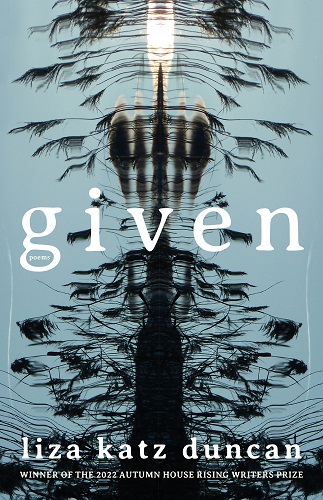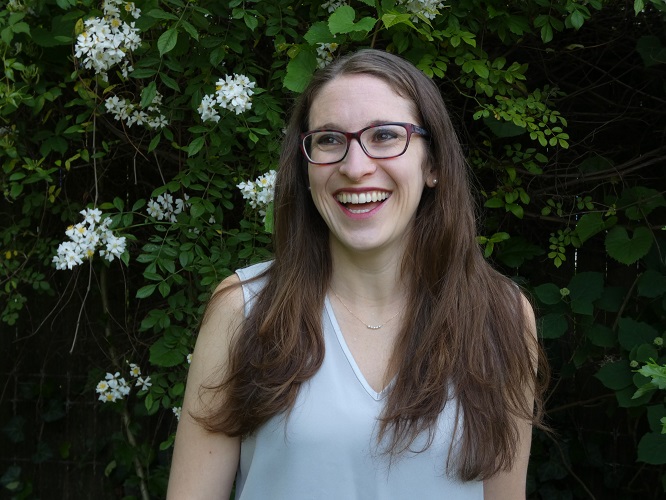I’ll never forget pulling up to the house in that remote beach town for the first time. It was exhilarating, like being at the edge of the world. In front of me, water, and water, and water, and finally, the New York skyline’s faint gray glimmer. For a split second, as the street came to an incline, I felt as if I were about to drive into the bay. People chased this feeling, I would learn later. Cars would inch up to the guardrail, pause about 30 seconds, then go back the way they came. Children on bikes would chart this same path, sometimes with their eyes closed, hands flailing above their heads. A mixture of thrill and vertigo, and also reassurance—the water was always there, both beautiful and contaminated, peaceful and menacing.
I relocated from Boston to that small beach town in the years following Superstorm Sandy, trading the constant clatter of the train for the cries of seagulls, the bay’s arrhythmic rising and falling, the mournful trumpet of Taps played every sunset at the military base on the edge of town. I took long walks on the beach, electrified by the quiet. Every boarded-up bungalow and newly raised beachside mansion told a story. Every piece of debris that washed up on the shore—old car tires, pieces of kitchen tiles, shards of pottery and rusted pipes—left so many questions unanswered. Whose stories had these objects come from? Where were these people now?
“The Uncles” are not actual people but attempts to personalize the tragedy of Superstorm Sandy through memories, anecdotes I had heard from neighbors and read in the news, bits of conversation, and places and images that continue to haunt me to this day. I chose the sestina’s six ending words to drive home exactly what was being lost, and what we continue to lose, both concrete (bay, fence, birds) and abstract (home, ways of knowing). I wanted the reader to experience the same constant presences, the places and events that had become a part of my daily life, over and over again.
The poems of place and environment I most admire strike an important balance between images and events, between personal tragedy and global catastrophe. Local disasters can be a microcosm for global ones; stories of a person’s life, a community’s life, can provide a more tangible picture of a tragedy that seems far away. News and statistics can be terrifying, but we don’t feel them in the same way.
In a sestina, you keep doubling back on the same words, the same images. There’s not a lot of room for movement. I wanted this form to encapsulate the idea of not being able to get anywhere, of being stuck at the site of your greatest disasters: personal and collective, private and shared, local and global. Like the sestina form, the Uncles’ lives leave very little room for movement, but they share an intimacy with the seascape and community, both human and more-than-human, that I will never understand. Even in the envoi, after they have finally moved on, they still see themselves in relation to the bay. This poem seeks to honor that intimacy, and more broadly, to find meaning in a life stymied by disaster.




